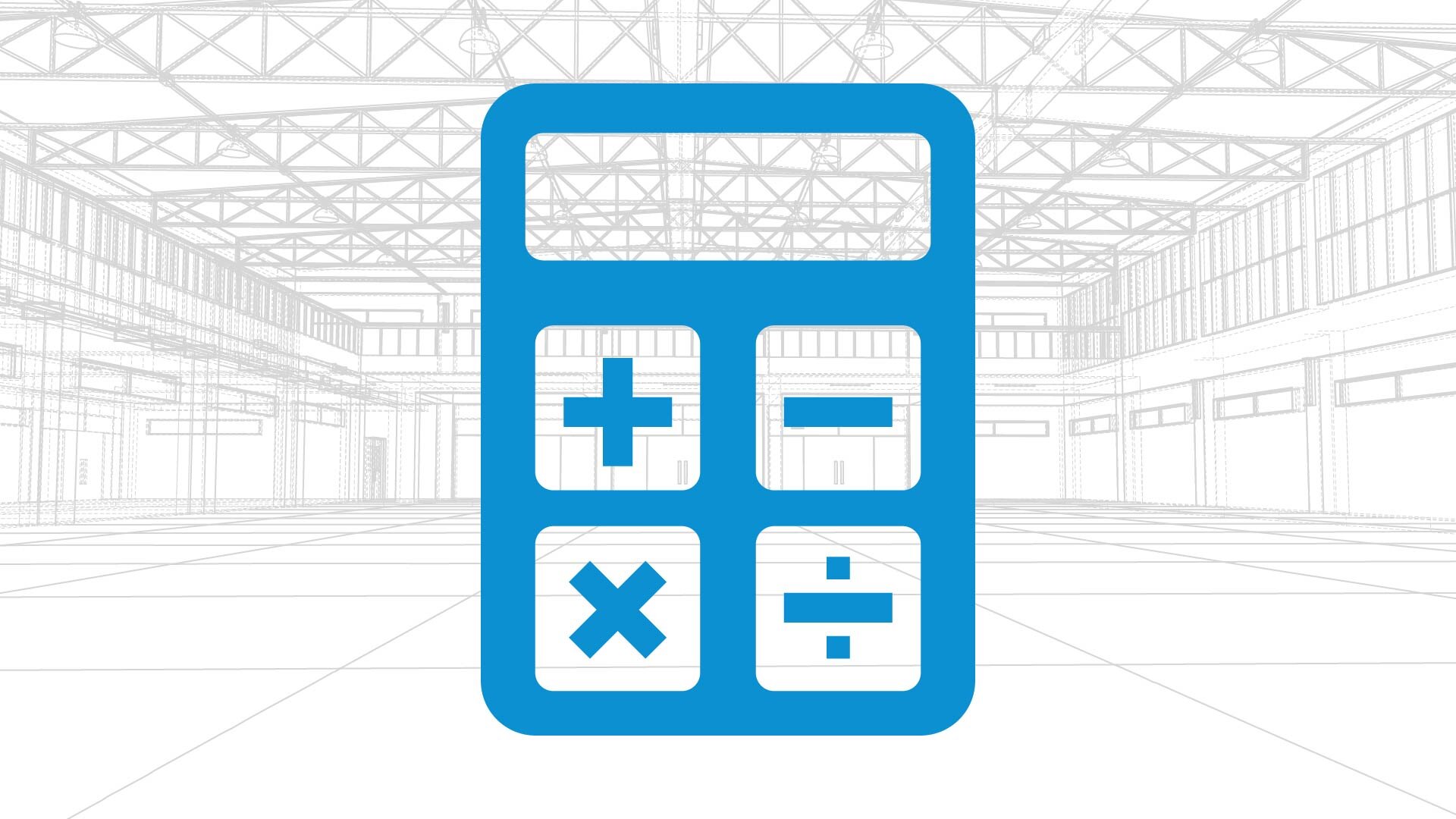How to Calculate Commercial Rent:
Take Your Price Per Square Foot
Multiply That by Your Total Square Footage
That Gives You Your Total Annual Rent
Divide by Twelve for Monthly Rent
Let’s take a deeper dive into how to calculate your commercial rent:
Calculating Commercial Rents by Square Footage
A Guide to Understanding Rent Calculations in Commercial Real Estate
Commercial real estate, much like other industries, is rampant with its own unique lingo. Words like “triple net” and “cap rate” are thrown around as if they’re common knowledge, but if you’re not in commercial real estate, you likely won’t be able to keep up with the various terms. Calculating commercial rent can be just the same.
When a commercial real estate broker or property owner tells you that their property is “$32.00 per foot, triple net,” what does that actually mean? Wouldn’t it be easier if rent was just given on a total monthly amount? Well, yes and no.
Commercial rents are calculated on a price per square foot basis because, more often than not, spaces may be divided or combined. These numbers give industry professionals a quick snapshot to compare rent prices among various properties. After all - $5,000 per month doesn’t tell you how big the space is or what is included in the base rent.
I’ve included a calculator designed specifically for calculating commercial rents at the bottom of this article.
How to Calculate Your Rent by Square Footage
In Nashville, commercial rents are quoted on an annual basis (other parts of the country, like California, quote on a monthly basis).
Taking our example above, $32.00 per foot is your annual rental rate (Price per square foot multiplied by the square footage gives you your annual rental rate).
If your commercial space is 3,000 square feet, here’s how to calculate your rent:
Price Per Square Foot x Total Square Feet = Total Annual Rental Rate
For example: $32.00 / sq. ft. x 3,000 sq. ft. = $96,000 per year
Divide that by twelve for your monthly rental rate of $8,000.
While it may now seem easier to calculate your monthly rental rate, it can become far more complicated.
Usable vs. Rentable Square Footage
Depending on the amount of tenants and common area in the property, you may be quoted on a Usable Square Footage (USF) or Rentable Square Footage (RSF) basis.
Usable Square Footage is the amount of space you, alone, can actually occupy and utilize, while Rentable Square Footage adds in any common areas that all tenants have access to and must therefore maintain.
RSF is calculated by taking the total square footage utilized by tenants and dividing it by the total square footage of the property.
An office building, for example, may be 120,000 square feet with 20,000 square feet of common areas (lobby, hallways, restrooms, etc.), which gives it a 16.7% common area factor.
Your common area factor, which determines each tenants’ share of the common area on a pro-rata basis, is then used to calculate Rentable Square Footage. Per our example above:
3,000 Usable Square Feet x 16.7% common area factor = 501 square feet of common area
501 square feet + 3,000 Usable Square Feet = 3,501 Rentable Square Feet
In a Rentable Square Footage scenario, tenants are responsible for paying rent on their share of the common areas.
So, in this scenario, the $32.00 per square foot would be multiplied by the rentable square footage to give the tenant their annual rent.
3,501 RSF x $32.00 per square foot = $112,032 per year or $9,336 per month
Since most retail tenants (unless they’re in an indoor shopping mall and share hallways, bathrooms, etc.) are the sole occupants of their spaces, rentable square footage is more common in office buildings.
Understanding the Lease Structure
There is no single lease structure in commercial real estate.
Unlike residential contracts and forms, which have largely been regulated and standardized by the National Association of Realtors, every commercial deal is different.
However, there are three primary types of commercial lease structures.
Triple Net (NNN)
Triple net leases are given in a “base rent + additional rent” format.
Tenants are responsible for paying their base rent and their share of common area maintenance, taxes, and insurance on the building.
These NNN expenses are also quoted on a square footage basis.
You might be quoted: $32.00 per square foot NNN with an estimated $3.00 per square foot in NNN expenses.
These expenses are annual estimates for the total maintenance of the property and may change from year to year.
Common area maintenance is intended to cover property costs and not be a money maker for the landlord.
Triple net lease structures are most common in retail and tenants are responsible for their own utilities.
Full Service Gross (FSG)
Full Service leases are quoted on an “all-in” basis.
Tenants are not responsible for any expenses above and beyond this quoted rate.
Tenants pay the landlord one fee and the landlord is responsible for paying common area maintenance, taxes, insurance, janitorial, and utilities.
You might be quoted: $32.00 per square foot full service.
These lease structures are most commonly found in office properties.
Modified Gross (MG)
Modified gross leases are often a hybrid of a triple net and full service lease.
Landlords may pass on any number of expenses in a modified gross lease, such as utilities, common area maintenance, janitorial, etc.
You might be quoted: $32.00 per square foot modified gross, net of janitorial.
In this scenario, the tenant would be responsible for janitorial services within their suite.
As you can tell, there are many different ways of calculating commercial rents per square foot based on the type of property, lease structure, and even which part of the country you live in.
We definitely recommend you have an attorney alongside your commercial real estate broker to help you navigate through your lease.
Use Our Commercial Rents Calculators
About The Author:
Tyler Cauble, Founder & President of The Cauble Group, is a commercial real estate broker and investor based in East Nashville. He’s the best selling author of Open for Business: The Insider’s Guide to Leasing Commercial Real Estate and has focused his career on serving commercial real estate investors as a board member for the Real Estate Investors of Nashville. Learn more at www.TylerCauble.com
















For the past decade, luxury apartments have dominated real estate headlines—and investor attention. Sleek downtown towers, rooftop pools, and Class A rents felt like the gold standard. But in 2025, the cracks are showing.
Across the country, we’re seeing rising vacancy rates, flatlining rents, and a flood of new high-end units hitting already saturated markets. Combine that with inflation, elevated interest rates, and construction costs that just won’t quit, and suddenly, that “can’t-miss” luxury multifamily project doesn’t pencil like it used to.
Meanwhile, the most seasoned investors—the ones focused on cash flow, downside protection, and essential demand—have already pivoted. They’re moving capital into real estate assets that don’t rely on trends or trophy aesthetics. Assets that deliver consistent occupancy, predictable income, and long-term tenant need.
In this post, we’re breaking down the asset classes that are taking over where luxury apartments are falling short—from flex space to medical offices—and why they’re attracting everyone from family offices to first-time CRE buyers.
If you’re thinking about what to buy next (or what to avoid), this is your roadmap.